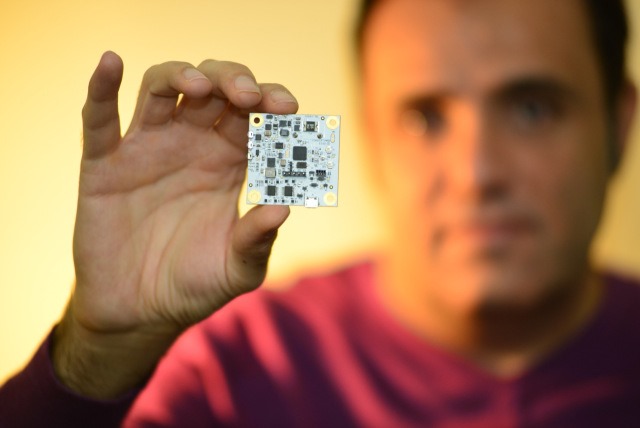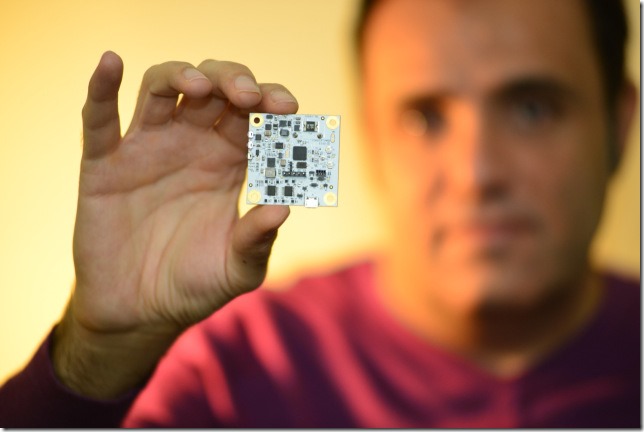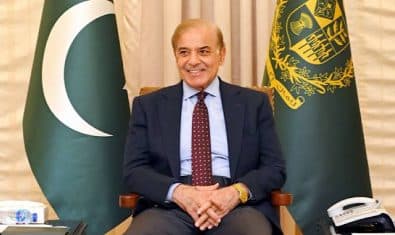It all began when Nokia first announced its Lumia Windows Phones with the ability to be charged wirelessly. The Nokia had used Inductive charging technology where the transmitter coil on the charger generates a magnetic field used by the device for charging, but wistfully, your Phone must be placed stationary on the charging pad to be charged sleekly, one of the inadequate part is that, you could charge only one phone on a single wireless charging pad at a time.
Soon after Nokia, Google in collaboration with LG, had devised a wireless charger for their Nexus 4 that supported Qi wireless charging. But again, you’ve to retain your phone over the Wireless charger to charge evenly.
It is clear by now, that most of these so-called wireless charging solutions still require your phone to come in contact with a base station in one way or the other, which, in case of “Cota” is not true.
Cota – by Ossianic — is a technology that intends to power your mobile phone absolute wirelessly, with no physical contact to any device or a base station, what so ever. Hatem Zeine, the CEO of Ossia, illustrated the technology to the audience at TechCrunch Disrupt, when he managed to favourably charged his iPhone when plugged with a Cota prototype.
It may appear to be the sorcery at first, but Zeine didn’t take so long to unravel the mystery behind this conspicuous phenomenon. This is the overview of how it works.
The Cota prototype sends a magnetic charge over the frequency spectrum of 2.4GHz. It merits mentioning that this is indeed the same frequency spectrum that is used by WiFi and the Bluetooth. The utmost preferment in this wireless charging technology is that, you will not have to concern about the human safety, since only one watt of power is transmitted, that is one third of what the cell phones transmits already.
The CEO, Hatem Zeine also stake out a claim that one station can power multiple devices at once, and it works just like a WiFi hotspot, you will have the authority to only allow certain devices to charge-up or simply keeps it unrestricted so that power is available to all Cota-enabled handsets within the certain range, which is about 30 feet.
Cota by now is evidently in the decisive stages from FCC approval, and the company is in correspondence with manufacturers to incorporate the technology in consumer devices by 2015. Despite Ossia plans to have its own hardware, It is open to accrediting the technology to other organizations as well. Zeine explained that, the technology can be bundled in USB dongles or built directly into the handsets.























How do they limit it to only charge certain phones? It’s not like you can encrypt power, would the hackers be able to steal power wirelessly?
Thats Interesting…:p
Think of Hacking Neighbor;s Electricity For Powering your Equipments
@kashifrehmanarain:disqus :
You’re technically correct. Power cannot be encrypted. But you can “filter” frequency and its properties.
Current is generated in the parent device and then in the digital processing stage is passed through a filter with a carrier frequency of 2.4 GHz. A frequency has two parts: magnitude and phase. Phase can be changed to achieve more than one output. After the frequency has passed through the filter, it goes to a Multi-Input-Multi-Output [MIMO] antenna which outputs and transmits the power to a mobile. The transmission is automatically specified in a free gap of the 2.4 GHz spectrum. There are internationally region-specified channels inside a frequency spectrum and these channels are the key to stop interference during charging. Because the device is fitted with a MIMO antenna, it can transmit the power to multiple devices at the same time and receive multiple feedback at the same time.
@kashifrehmanarain:disqus :
You’re technically correct. Power cannot be encrypted. But you can “filter” frequency and its properties.
Current is generated in the parent device and then in the digital processing stage is passed through a filter with a carrier frequency of 2.4 GHz. A frequency has two parts: magnitude and phase. Phase can be changed to achieve more than one output. After the frequency has passed through the filter, it goes to a Multi-Input-Multi-Output [MIMO] antenna which outputs and transmits the power to a mobile. The transmission is automatically specified in a free gap of the 2.4 GHz spectrum. There are internationally region-specified channels inside a frequency spectrum and these channels are the key to stop interference during charging. Because the device is fitted with a MIMO antenna, it can transmit the power to multiple devices at the same time and receive multiple feedback at the same time.
Have a look at the attached images. The graph in pink is the result of a filter I just made which can filter/output frequencies of only 2.4 GHz and 7.2 GHz. As you can see the operating range is about 0.8 GHz for both frequencies and multiple channels can be specified in this range for different mobiles. The graph in blue is the result of an antenna which transmits the power roughly at 2.4 GHz.
Great
how about interference with the devices in vicinity. because the power transmitted in this case is quite significant
that would be called some brilliant engineering work. if you would have an answer to this question, you would have done it before they did.
Don’t seem like a practical idea, its rather in-efficient, would you broadcast the electricity in all directions. There are some things which must not be wireless. They should rather put attention on making batteries hold more charge.
unfortunately, this is a practical idea and totally safe…we, human transmit more energy than any other species ever could.
“If your hate could be turned into electricity, it would light up the whole world.” ― Nikola Tesla
This is what Nikola Tesla had said about the electricity,
“That electrical energy can be economically transmitted without wires to any terrestrial distance, I have unmistakably established in numerous observations, experiments and measurements, qualitative and quantitative. These have demonstrated that is practicable to distribute power from a central plant in unlimited amounts, with a loss not exceeding a small fraction of one per cent, in the transmission, even to the greatest distance, twelve thousand miles — to the opposite end of the globe.”
End of discussion !!
No, they will have a seperate channel for charging phones make sense
Nice…. Love it